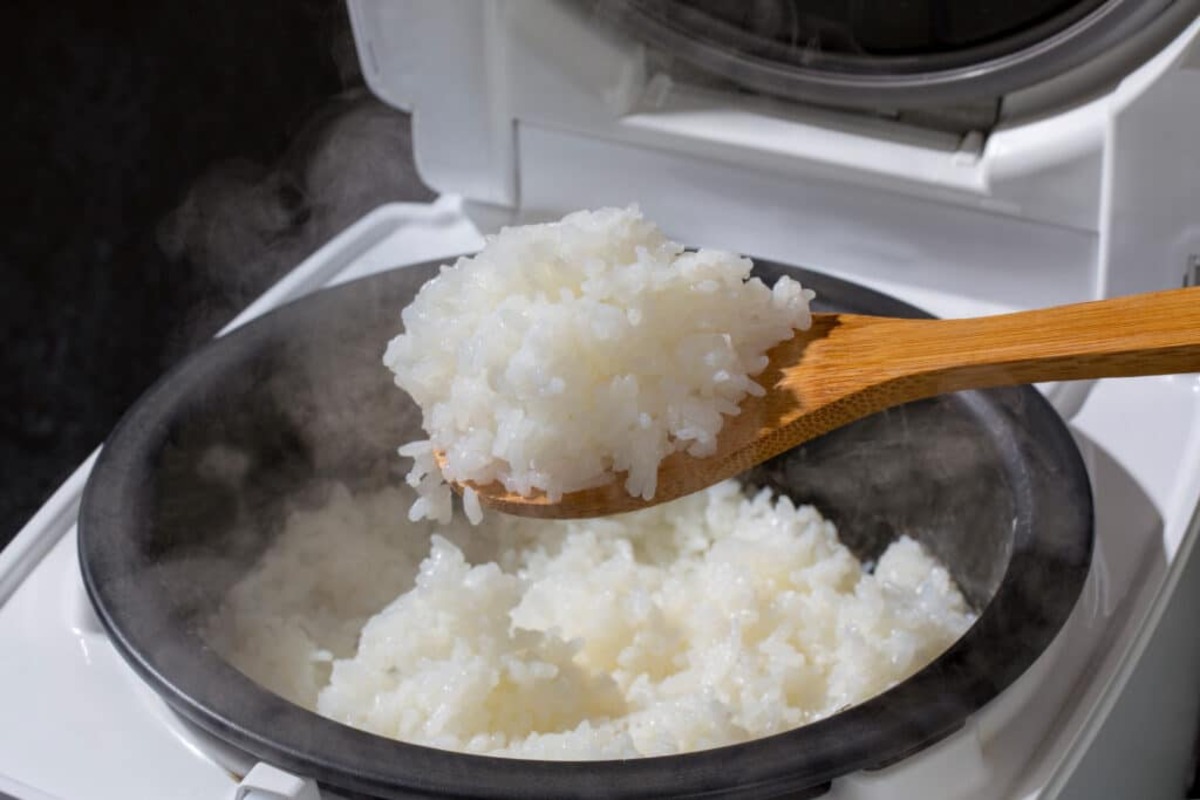

Articles
How Does A Rice Cooker Know When Its Done
Modified: February 28, 2024
Learn how rice cookers determine the perfect cooking time with this informative article. Explore the fascinating technology behind these kitchen appliances.
(Many of the links in this article redirect to a specific reviewed product. Your purchase of these products through affiliate links helps to generate commission for Storables.com, at no extra cost. Learn more)
Introduction
A rice cooker is a kitchen appliance that has revolutionized the way we cook rice. It has become an indispensable tool for many households, making the cooking process much more convenient and efficient. But have you ever wondered how a rice cooker knows when the rice is done? In this article, we will explore the intricate process behind a rice cooker’s ability to cook perfect rice every time.
For centuries, cooking rice was a manual and time-consuming task that required constant monitoring and fine-tuning of the heat intensity. With the advent of the rice cooker, this process has been simplified, allowing anyone to cook rice effortlessly. But how exactly does it work?
To understand how a rice cooker knows when the rice is done, we need to delve into the cooking process itself. When rice is cooked, it undergoes several transformations that contribute to its desired texture and taste. These transformations are guided by temperature, water absorption, evaporation, pressure, and timing.
A rice cooker is equipped with various components that work together to create the optimal cooking environment for rice. Temperature sensors, water absorption and evaporation mechanisms, pressure regulators, and timing devices all play crucial roles in determining when the rice is fully cooked.
Throughout the cooking process, the rice cooker carefully regulates these factors, ensuring that the rice is cooked evenly, without undercooking or overcooking. Let’s take a closer look at each of these elements and how they contribute to the rice cooker’s ability to discern when the rice is done.
Key Takeaways:
- Rice cookers achieve perfect rice through precise temperature control, water absorption, pressure, and timing mechanisms, ensuring consistently delicious results with optimal texture and flavor.
- The intricate orchestration of temperature sensors, water absorption, pressure, timing mechanisms, and indicators in rice cookers takes the guesswork out of cooking rice, providing convenience and reliability for every batch.
Read more: How Do You Know When A Rice Cooker Is Done
The Cooking Process of a Rice Cooker
When you start the cooking process in a rice cooker, the appliance begins by heating the inner pot to a specific temperature. This initial heating is crucial as it allows the rice to absorb water evenly and initiates the cooking process.
As the heating continues, the temperature sensors inside the rice cooker monitor the temperature of the pot. These sensors ensure that the temperature remains within the optimal range for rice cooking, usually around 212°F (100°C). Maintaining this consistent temperature is vital to achieving perfectly cooked rice.
Simultaneously, the rice cooker regulates the amount of water required for cooking. The water absorption process is precisely controlled to prevent undercooked or soggy rice. The rice grains absorb water gradually, allowing them to expand and become tender without becoming mushy.
As the rice absorbs water, the rice cooker also takes into account the evaporation rate. By monitoring the amount of steam escaping from the appliance, the rice cooker adjusts its cooking settings to control the moisture level. This helps prevent the rice from drying out or becoming overly sticky.
Pressure plays a significant role in the cooking process of a rice cooker. Some advanced rice cookers have a pressure cooking function that uses pressure to expedite the cooking time. By creating a sealed environment, the pressure cooker raises the boiling point of water, allowing the rice to cook faster while retaining its moisture and texture.
The cooking time is another crucial factor in determining when the rice is done. Rice cookers are designed with an automatic timer that calculates the cooking time based on the selected settings and the amount of rice being cooked. Once the timer reaches zero, the rice cooker knows that the rice has been cooked for the appropriate duration and can switch to the keep warm mode.
In addition to these main components of the cooking process, rice cookers may also incorporate other features. Some models have additional sensors or specialized cooking functions for different types of rice, such as sushi rice or brown rice. These features ensure that each type of rice is cooked to perfection.
Overall, the cooking process of a rice cooker is a carefully orchestrated combination of temperature control, water absorption and evaporation, pressure regulation, and precise timing. These elements work together to create the ideal conditions for cooking rice and ensuring a consistently excellent result.
The Role of Temperature Sensors
Temperature sensors are a crucial component of a rice cooker, monitoring and regulating the heat throughout the cooking process. These sensors ensure that the rice is cooked at the appropriate temperature, resulting in evenly cooked grains and avoiding the risk of undercooking or overcooking.
The temperature sensors in a rice cooker are typically located at the bottom of the appliance, beneath the inner pot. They measure the temperature of the pot, allowing the rice cooker to adjust the heat level accordingly. This precise temperature control is essential for achieving perfectly cooked rice.
When the cooking process begins, the rice cooker heats the inner pot to a specific temperature, usually around 212°F (100°C). The temperature sensors constantly monitor the heat level and make adjustments as needed to maintain this optimal temperature. If the temperature drops too low, the rice may not cook properly, while cooking at too high a temperature can result in burnt or unevenly cooked rice grains.
Temperature sensors also play a vital role in preventing the rice from sticking to the bottom of the pot. By monitoring the heat level and making adjustments, the rice cooker ensures that the rice is cooked evenly and does not burn or develop a crust on the bottom.
Furthermore, temperature sensors help to control the cooking time. The rice cooker uses the temperature data to calculate the appropriate cooking time based on the selected settings and the amount of rice being cooked. This ensures that the rice is cooked for the optimal duration, resulting in a fluffy and perfectly cooked end product.
Some advanced rice cookers feature multiple temperature sensors to provide even more precise control over the cooking process. These sensors may be strategically placed at different parts of the appliance to monitor the temperature throughout the cooking chamber. This allows for more accurate adjustments and ensures that the rice is cooked uniformly.
In summary, temperature sensors are integral to the functionality of a rice cooker. They enable precise temperature control, prevent the rice from sticking, and help calculate the optimal cooking time. By continuously monitoring the heat level and making necessary adjustments, temperature sensors ensure that the rice is cooked to perfection, resulting in delicious rice every time.
Water Absorption and Evaporation
Water absorption and evaporation are essential processes that contribute to the cooking of rice in a rice cooker. These mechanisms work synergistically to ensure that the rice grains absorb the right amount of water and that excess moisture is evaporated, resulting in perfectly cooked rice with just the right texture.
When rice is placed in a rice cooker, it initially contains a certain amount of moisture. As the cooking process begins, the rice absorbs water from the cooking liquid. This absorption process is critical in hydrating the rice grains and softening them as they cook.
The rice cooker controls the water absorption by carefully regulating the cooking liquid-to-rice ratio. The ideal amount of water will vary depending on the type of rice being cooked, but it generally falls within the range of 1:1 to 2:1 (water to rice). This ensures that the rice absorbs enough water to cook properly without becoming mushy or overly dry.
As the rice absorbs water, the excess moisture in the rice cooker needs to be managed. This is where evaporation comes into play. The rice cooker allows for controlled evaporation of the excess moisture in order to maintain the desired texture of the cooked rice.
The rice cooker is designed with a sealed lid that traps the steam generated during the cooking process. The trapped steam creates a humid and controlled environment inside the cooker. This environment aids in the even cooking and absorption of the water by the rice grains.
Simultaneously, the rice cooker carefully adjusts the heat to facilitate the evaporation process. By carefully balancing the heat intensity, the excess moisture is gradually released as steam. This helps prevent the rice from becoming overly mushy or sticky and allows it to achieve its desired fluffy texture.
The evaporation process is closely monitored by the rice cooker, which adjusts the cooking time and heat level accordingly. The goal is to ensure that the rice is cooked just right, with the proper amount of moisture retained to avoid dryness or sogginess.
In summary, water absorption and evaporation are vital components of the rice cooking process in a rice cooker. The rice cooker carefully regulates the amount of water absorbed by the rice grains and manages the evaporation of excess moisture. Through these mechanisms, it achieves the perfect balance of moisture and texture, resulting in delicious and well-cooked rice every time.
Most rice cookers use a built-in thermostat to measure the temperature of the inner pot. When the water has been absorbed and the temperature rises above boiling point, the thermostat triggers the cooker to switch to a “keep warm” mode, indicating that the rice is done.
Pressure and Timing Mechanisms
In addition to temperature control and water absorption, rice cookers also utilize pressure and timing mechanisms to ensure optimal rice cooking. These features enhance the efficiency of the cooking process and result in consistently well-cooked rice.
Some advanced rice cookers are equipped with a pressure cooking function. This feature utilizes the power of pressure to shorten the cooking time and evenly cook the rice. When pressure cooking is enabled, the rice cooker creates a sealed cooking environment. As the liquid inside reaches boiling point, it generates steam, increasing the pressure inside the cooker.
The raised pressure inside the cooker elevates the boiling point of water, allowing the rice to cook at higher temperatures. This not only speeds up the cooking time but also helps to retain moisture within the grains. The pressure cooking feature is particularly beneficial when cooking tougher varieties of rice or when you need to prepare rice quickly.
Timing mechanisms also play a crucial role in the rice cooking process. Rice cookers are designed with built-in timers that ensure the rice is cooked for the appropriate duration. The cooking time is determined based on the selected settings and the amount of rice being cooked.
Once you start the rice cooker, the timer begins counting down. As the cooking progresses, the rice cooker continuously monitors the cooking time and adjusts the heat level as needed. When the timer reaches zero, it indicates that the rice has been cooked for the optimal duration, ensuring that it is not overcooked or undercooked.
Timing mechanisms are essential because they prevent the rice from being overcooked and help achieve the desired texture. The precise timing ensures that the rice is perfectly cooked, resulting in grains that are tender, fluffy, and evenly cooked.
Additionally, many rice cookers have a “keep warm” function that automatically activates after the rice is cooked. This feature maintains a low heat to prevent the rice from cooling down and becoming dry. The rice cooker switches to this mode to ensure that the rice can be enjoyed at the desired temperature for an extended period.
In summary, pressure and timing mechanisms are key components of rice cookers that contribute to efficient and precise rice cooking. The pressure cooking function allows for faster and more evenly cooked rice, while the timing mechanisms ensure that the rice is cooked for the optimal duration. By incorporating these features, rice cookers create a convenient and foolproof way to prepare delicious rice.
Read more: How Does Rice Cooker Know When To Stop
Indicators for Rice Cooker Completion
When using a rice cooker, it’s essential to know when the rice is cooked and ready to be enjoyed. Rice cookers are designed with various indicators that inform you when the cooking process is complete, ensuring perfectly cooked rice every time.
One of the most common indicators is a light or display that switches on when the rice cooker is in cooking mode. This light or display typically turns off or changes color when the rice is cooked, signaling that it is ready to be served.
Some rice cookers are equipped with an audible sound, such as a beep or a chime, that goes off when the cooking process is complete. This audible indicator serves as a signal for you to check on the rice and move it to the keep warm mode or serve it immediately.
Many modern rice cookers also have a digital timer that counts down the cooking time. Once the timer reaches zero, it indicates that the rice is cooked. Some models even have an automatic shut-off feature that turns off the heat once the timer expires, preventing overcooking or burnt rice.
Additionally, certain rice cookers have a steam vent on the lid that releases steam during the cooking process. As the rice finishes cooking, the amount of steam released decreases. This reduction in steam can serve as an indicator that the rice is nearly done or fully cooked.
In some high-end rice cookers, there are advanced sensors that detect the moisture level inside the cooker. These sensors can determine the ideal cooking time based on the moisture content, alerting you when the rice is cooked to perfection.
It’s important to note that the indicators for rice cooker completion may vary depending on the model and brand. It’s recommended to refer to the user manual for specific instructions on how to identify when the rice is done in your particular rice cooker.
Remember, it’s crucial to allow the rice to rest for a few minutes after the cooking process is complete. This resting time allows the residual heat to evenly distribute within the rice, resulting in fluffier grains.
Ultimately, the indicators for rice cooker completion provide a convenient and foolproof way to determine when the rice is cooked. Whether it’s a visual indicator, an audible sound, or a digital timer, these indicators ensure that you can enjoy perfectly cooked rice with ease.
Other Factors That Determine Cooked Rice
While temperature control, water absorption, pressure, timing mechanisms, and indicators are essential factors in determining when rice is cooked in a rice cooker, there are other influential factors that can affect the final result. Understanding and considering these factors can help you achieve consistently perfect rice.
The type of rice being cooked is a significant factor that can impact the cooking process. Different types of rice, such as white rice, brown rice, jasmine rice, or basmati rice, have varying cook times and water absorption levels. It’s crucial to follow the specific instructions provided for each type of rice to ensure optimal cooking.
The quality of the rice also plays a role in the outcome. High-quality rice that is fresh and properly stored will yield better results compared to rice that is old or of lower quality. Choose rice that is free from any contaminants or foreign objects and has a good texture and aroma.
The water-to-rice ratio is another critical aspect to consider. The recommended ratio depends on the type and variety of rice. Adjusting the amount of water used can affect the texture of the cooked rice. It’s essential to measure the water accurately and follow the instructions provided by the rice cooker manufacturer or the recipe you are using.
Pre-soaking the rice before cooking can also impact the cooking process. Some rice varieties benefit from soaking in water for a certain period of time before cooking. Soaking can help soften the grains and reduce the cook time. Check the instructions or recipe for specific recommendations on pre-soaking.
Properly rinsing the rice prior to cooking is also important. Rinsing removes excess starch and debris from the rice, resulting in fluffier and less sticky cooked grains. Use cold water to rinse the rice until the water runs clear.
The altitude and environment in which you are cooking can affect the cooking time and water absorption. Higher altitudes may require adjustments to the cooking time or water level. If you live in a high altitude area, consult the rice cooker manual or recipe sources for guidelines on how to adjust for this.
Lastly, the size and type of the rice cooker can impact the cooking process. Rice cookers come in various sizes, and the amount of rice being cooked may differ. It’s important to adjust the measurements and cooking time accordingly to ensure even cooking and avoid overfilling the cooker.
Considering these factors, along with temperature control, water absorption, pressure, timing mechanisms, and the indicators provided by the rice cooker, will help you achieve consistent and delicious results every time you cook rice.
Conclusion
Rice cookers have revolutionized the way we cook rice, making it more convenient and foolproof. Through the careful orchestration of temperature control, water absorption, pressure, timing mechanisms, and other influential factors, rice cookers ensure consistently well-cooked rice with optimal texture and flavor.
The role of temperature sensors in monitoring and regulating the heat plays a crucial role in achieving perfectly cooked rice. These sensors maintain the ideal temperature throughout the cooking process, ensuring even cooking and preventing rice from sticking or becoming burnt.
Water absorption and evaporation mechanisms help the rice cooker strike a balance between moisture and texture. By carefully controlling the water-to-rice ratio and managing evaporation, rice cookers ensure that the rice grains are hydrated and tender without being overly mushy or dry.
The pressure and timing mechanisms in advanced rice cookers expedite the cooking process and result in evenly cooked rice. The pressure cooking function reduces cooking time and helps retain moisture, while the timers indicate the exact moment when the rice is perfectly cooked.
Various indicators, such as lights, sounds, or timers, provided in rice cookers signal the completion of the cooking process. These indicators take the guesswork out of determining when the rice is ready to be served, providing convenience and reliability.
Other influential factors, including the type of rice, water-to-rice ratio, rice quality, pre-soaking, rinsing, altitude, and the size and type of rice cooker, also impact the final result. By considering and adjusting these factors, you can further enhance the quality of the cooked rice.
In conclusion, rice cookers are indispensable tools in the kitchen, making rice cooking effortless and consistent. Through a combination of precise temperature control, water management, pressure, timing, and various indicators, rice cookers ensure that every batch of rice is perfectly cooked and ready to be enjoyed.
So the next time you use your rice cooker, marvel at its intricate mechanisms and appreciate the convenience it brings to your daily cooking routine. With a rice cooker by your side, you can confidently create delicious rice dishes that will delight your taste buds.
Frequently Asked Questions about How Does A Rice Cooker Know When Its Done
Was this page helpful?
At Storables.com, we guarantee accurate and reliable information. Our content, validated by Expert Board Contributors, is crafted following stringent Editorial Policies. We're committed to providing you with well-researched, expert-backed insights for all your informational needs.
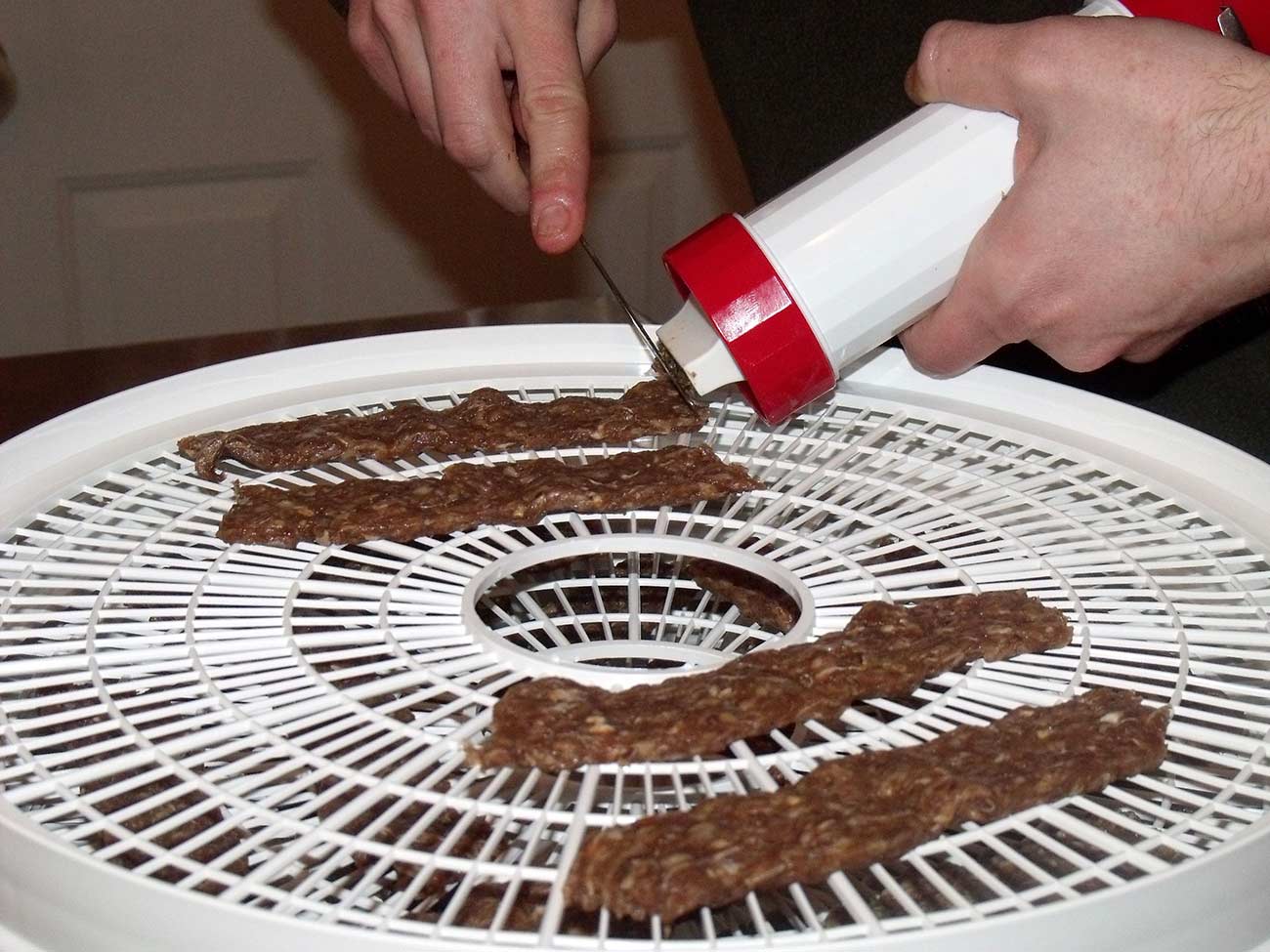

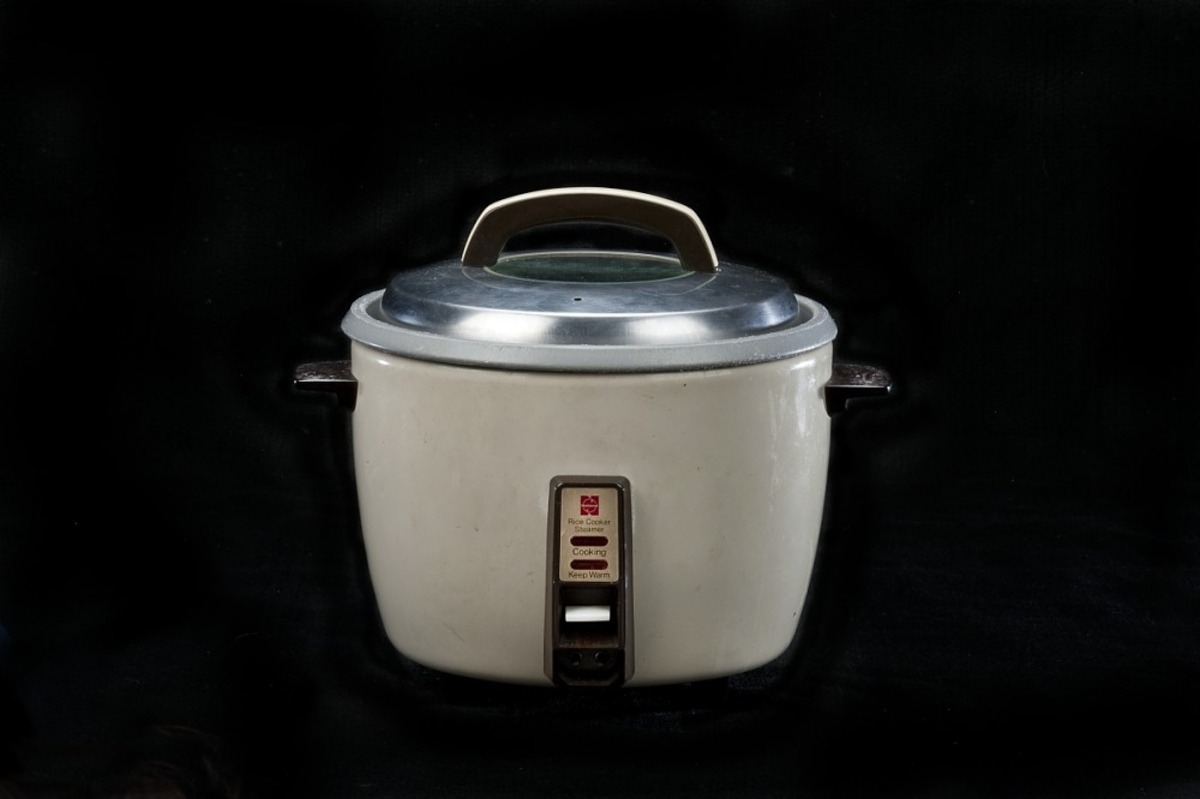
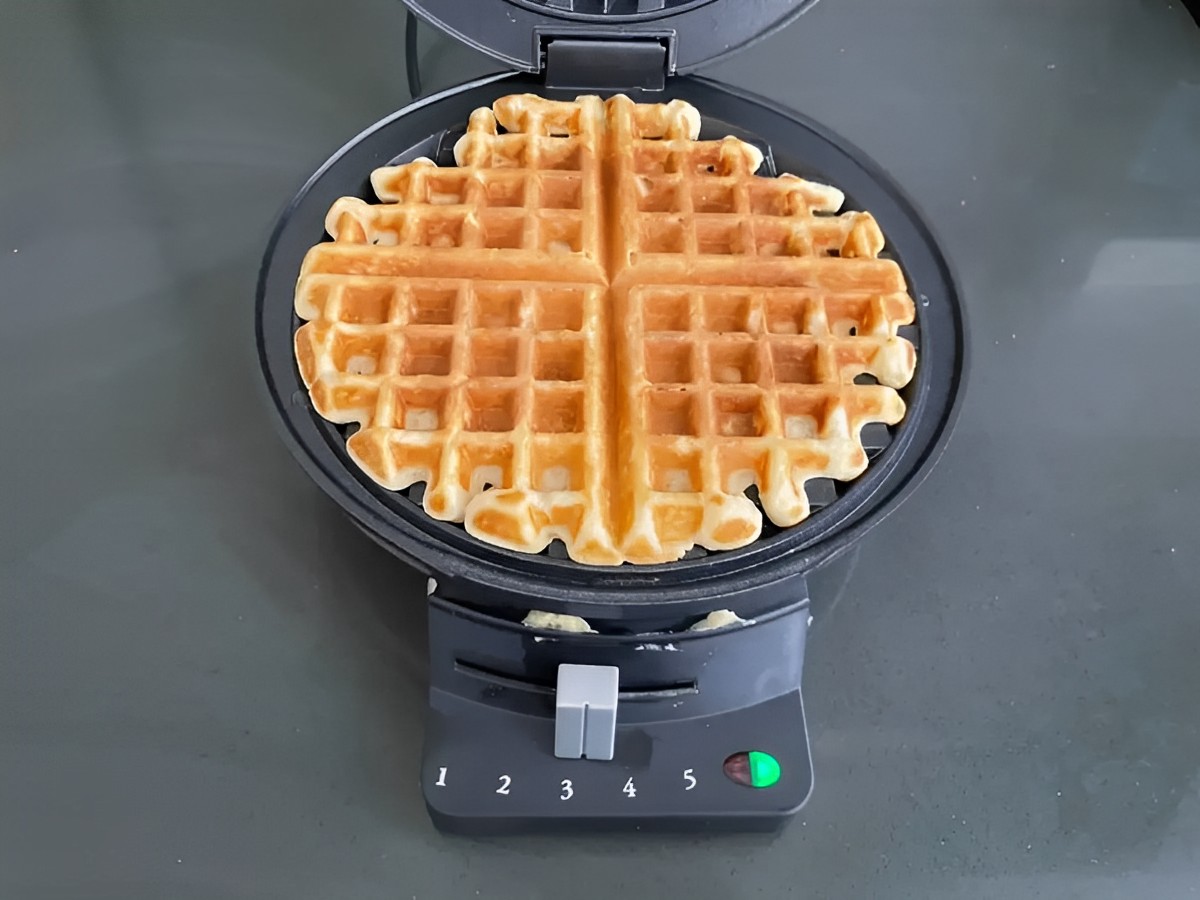
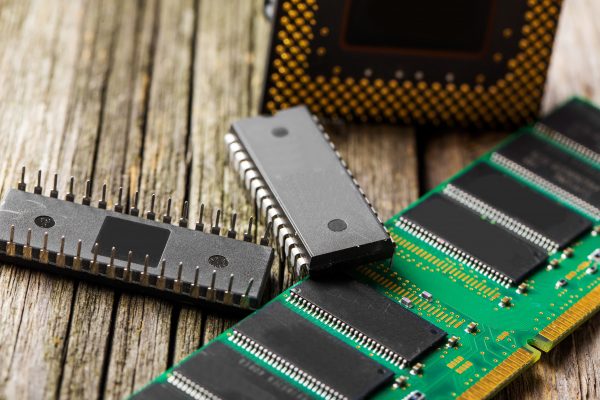
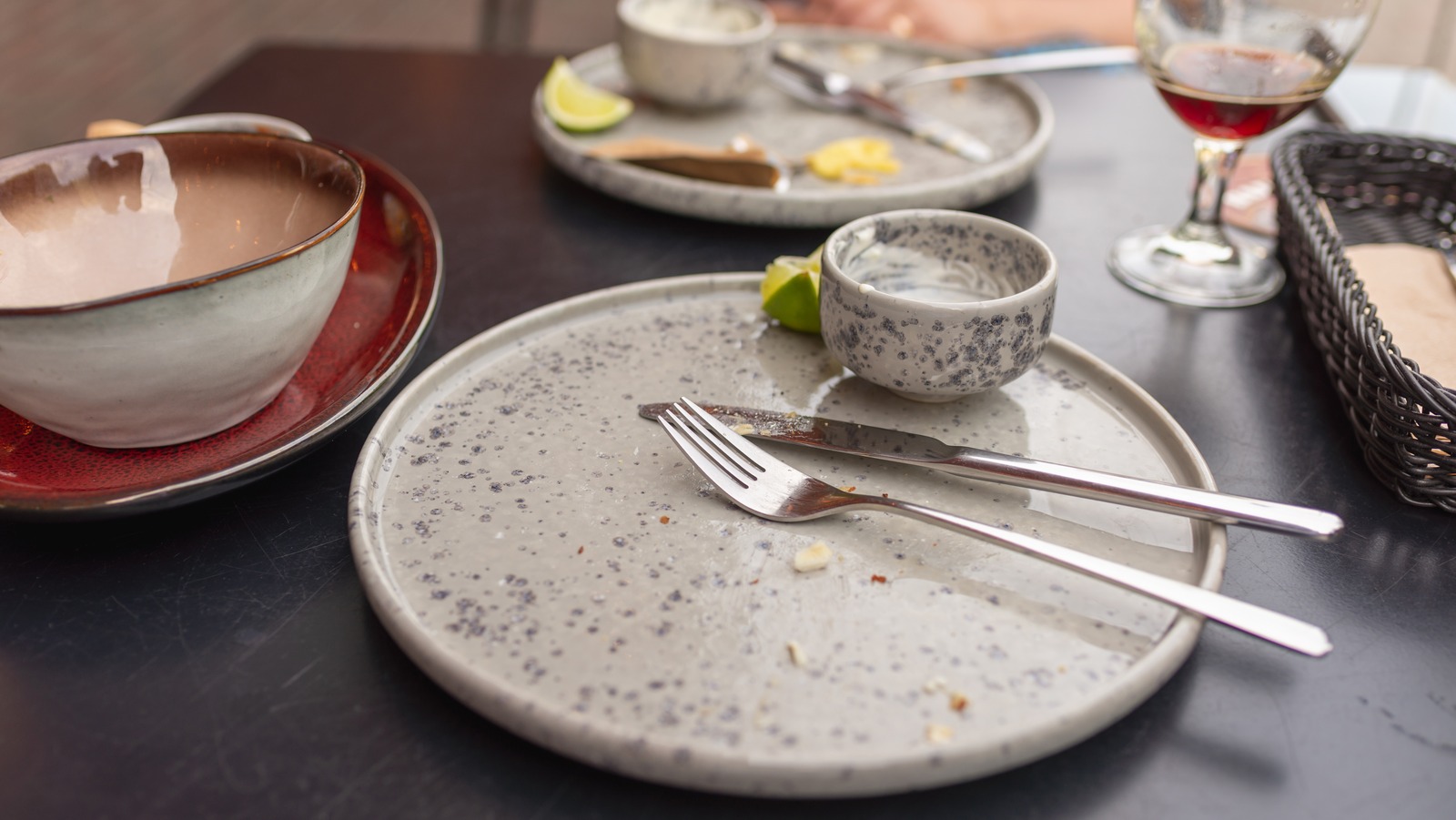
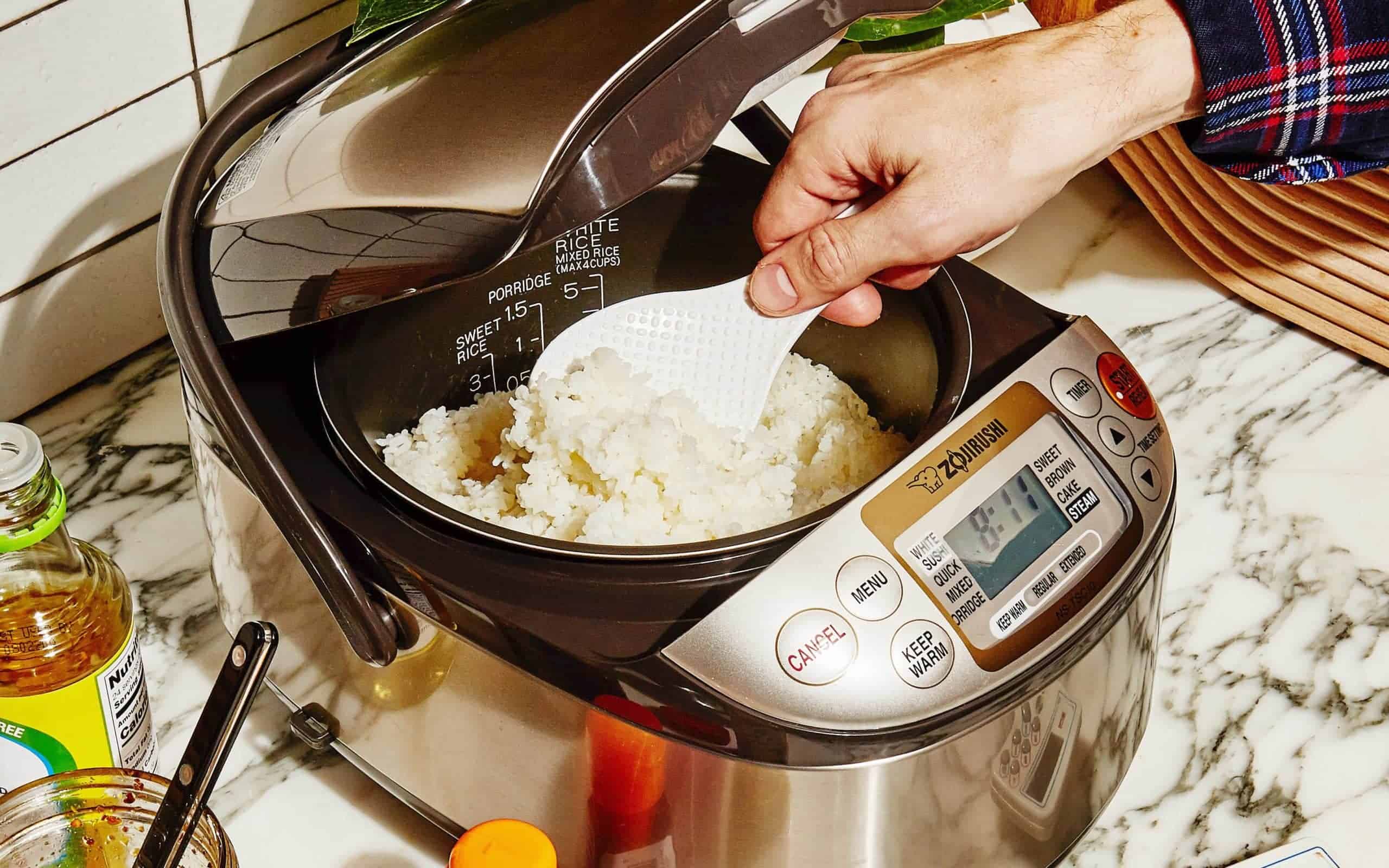
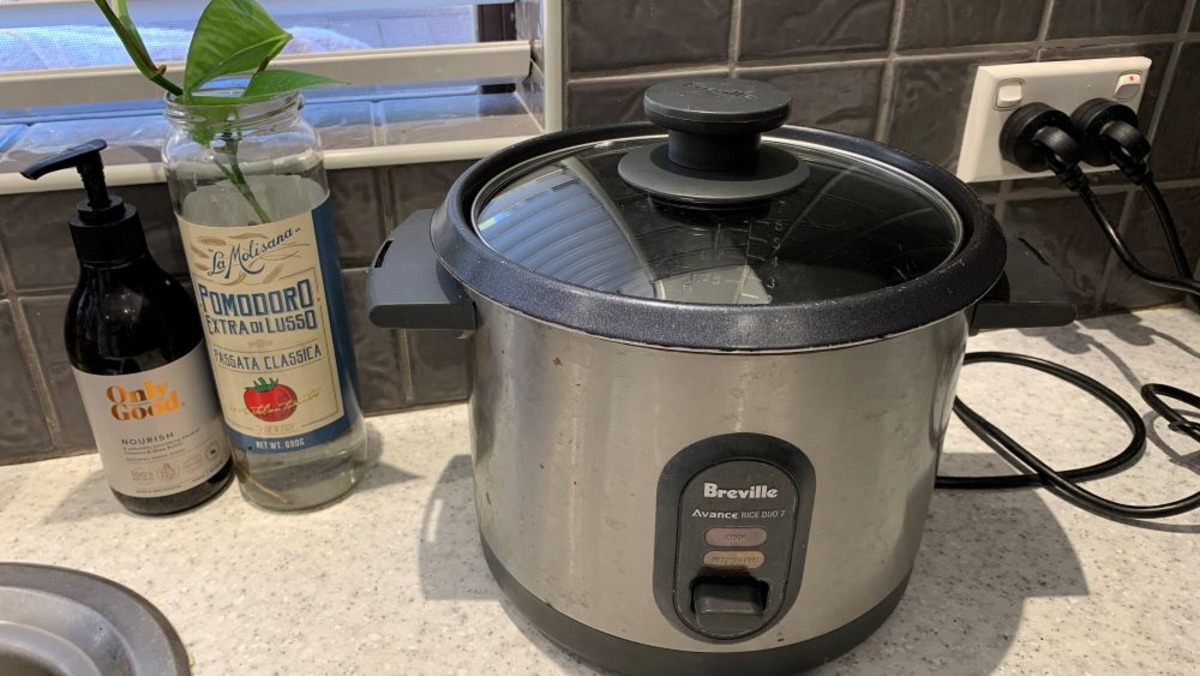
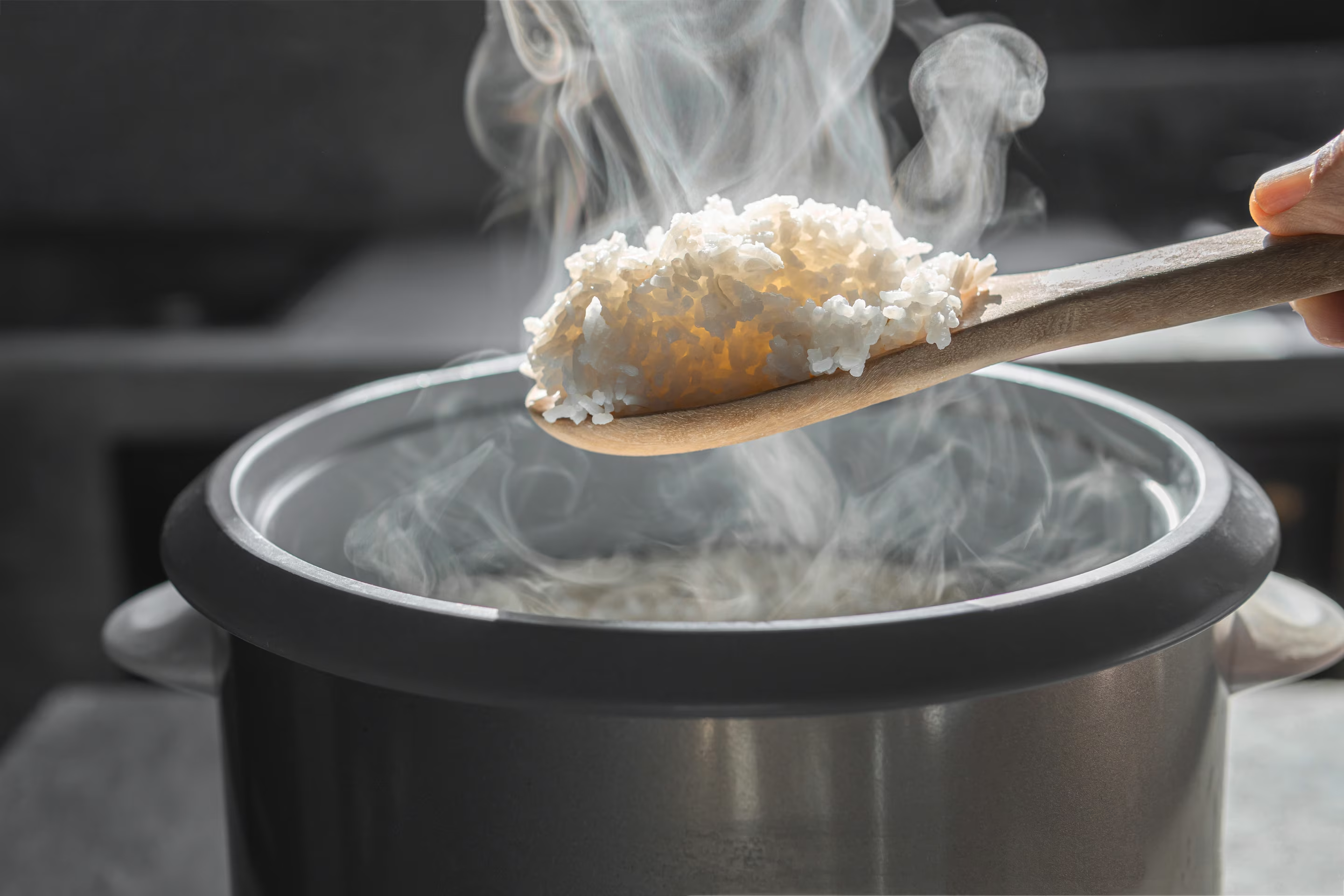
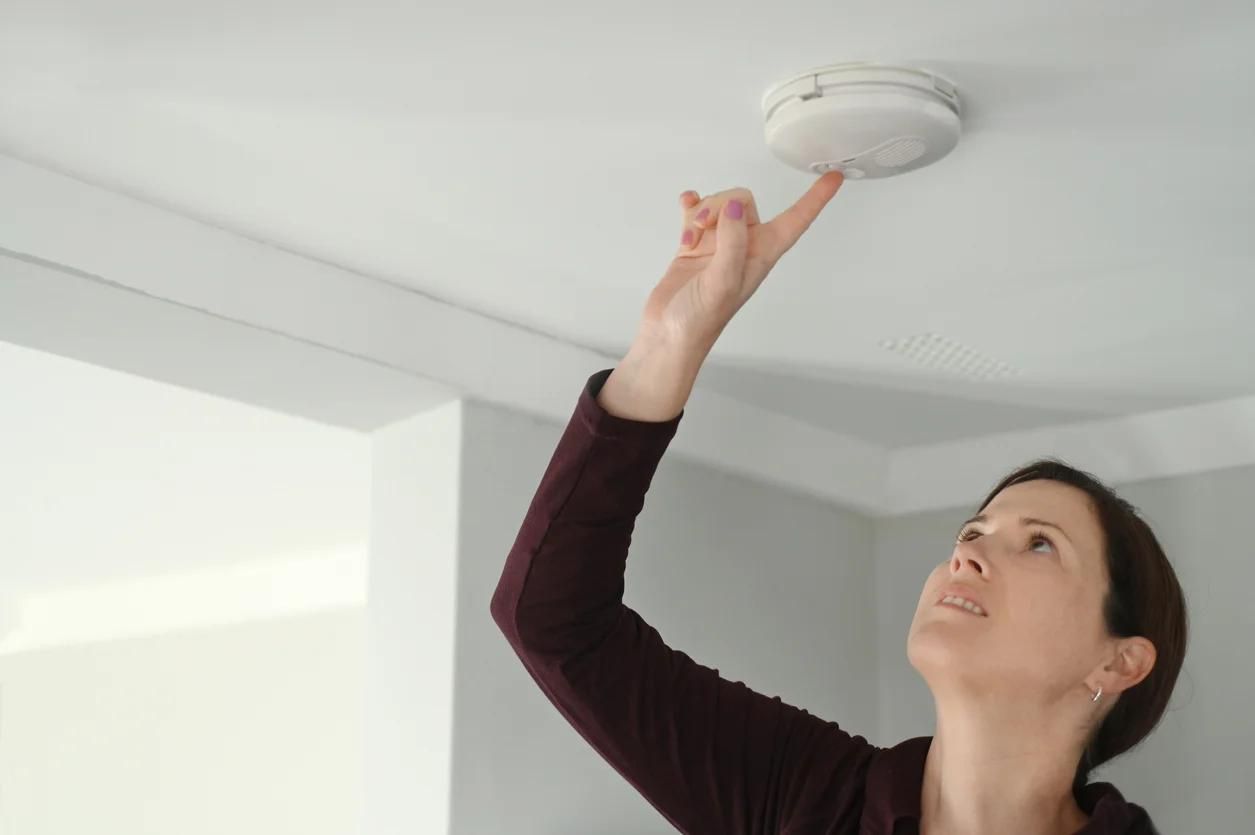
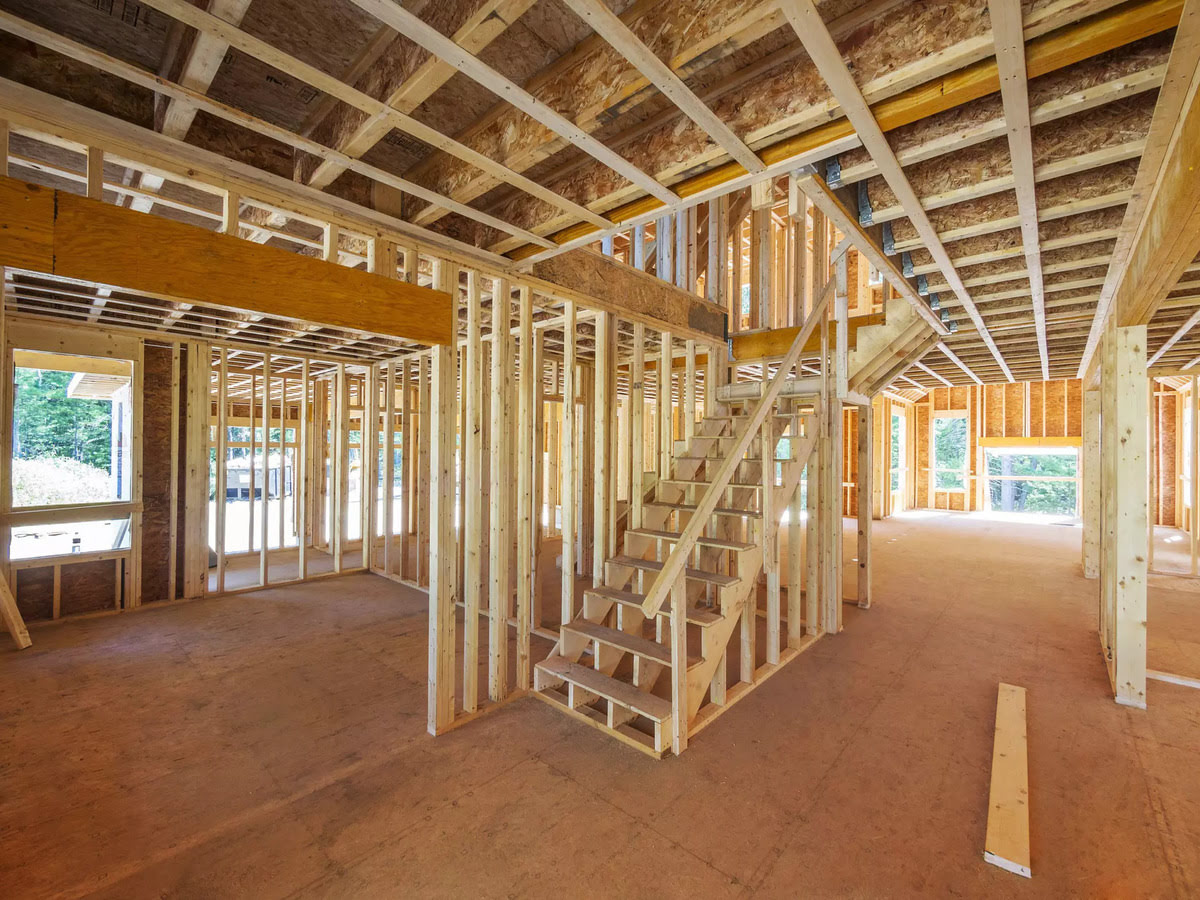
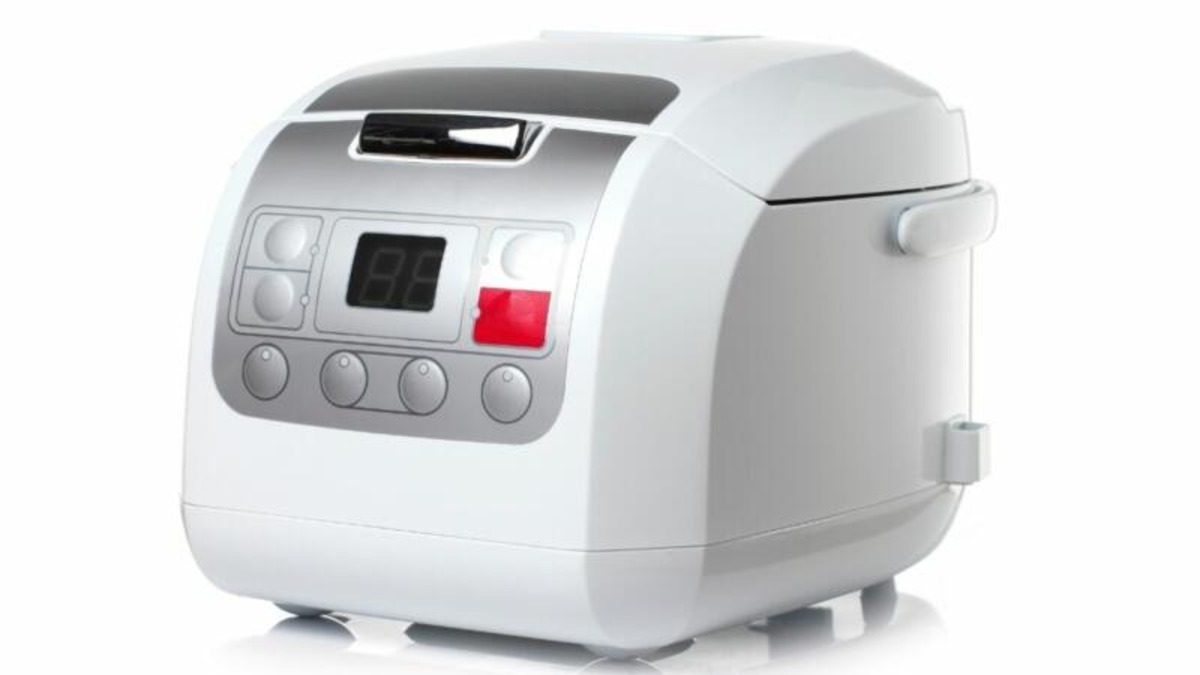
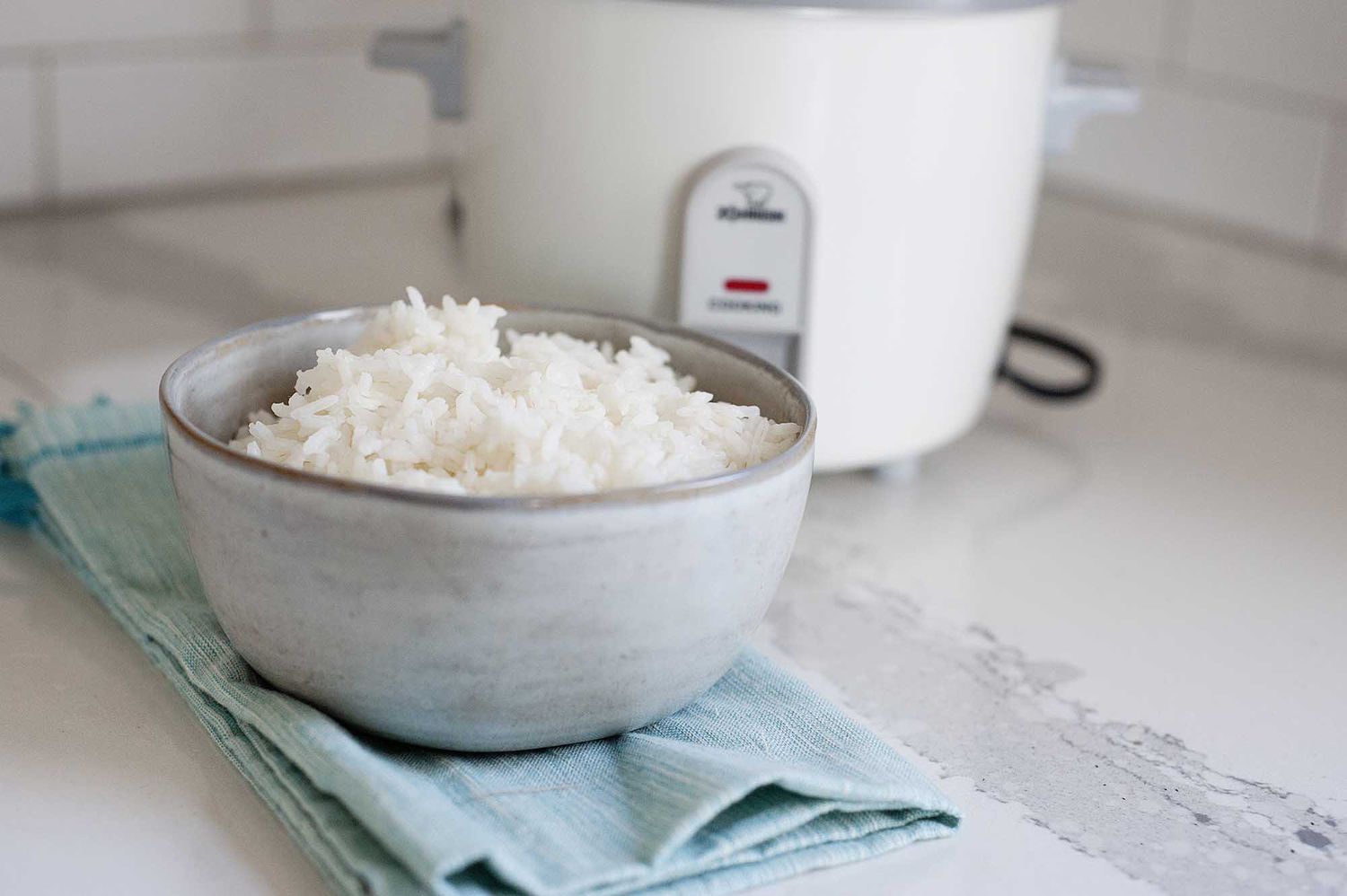


0 thoughts on “How Does A Rice Cooker Know When Its Done”